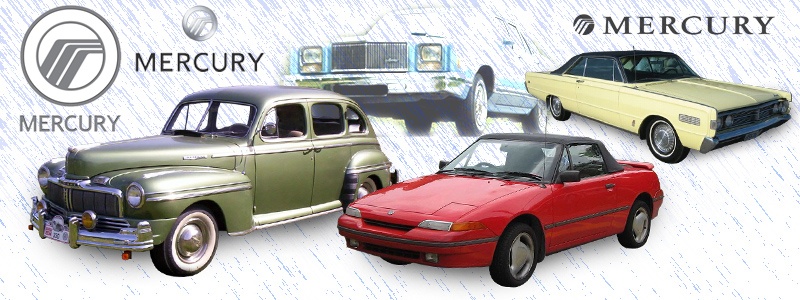The initial success of the Ford empire was clearly due to Henry Ford’s decision to keep things simple, in design, application and model line-up. But by the 1930’s competition was forcing Ford to do a major re-think of this strategy, and a move to a more up-market offering would also require the establishment of a different division, a brand that offered clear differentiation from Ford. Lincoln catered to the top tier, but for the burgeoning middle ranks Mercury would take the lead.
In fact, the jump from the more humble Ford V8 to the Lincoln Zephyr was quite substantial, so Edsel Ford together with sales chief Jack Davis came up with the Mercury Eight. An overnight sensation, the car would sell over 70,000 in 1939 and make it a household name in the US. Taking the middle ground between Ford and Lincoln, it inevitably drew upon the enormous parts bin of both divisions.
The 1941 Mercury used a Ford body shell, then after World War 2 the Mercury Type 72 Coupe used a Lincoln body shell. The 1960 Comet used a Ford Falcon body, and the Cougar two door coupe of 1967 would become an almost direct competitor to the Mustang. The DNA would turn distinctively Ford, the Cougar really being a Thunderbird with slightly different sheet metal, and during the 1980’s and 1990’s the identity of the marque would become less prestigious.
Also see: Mercury History (USA Site)



